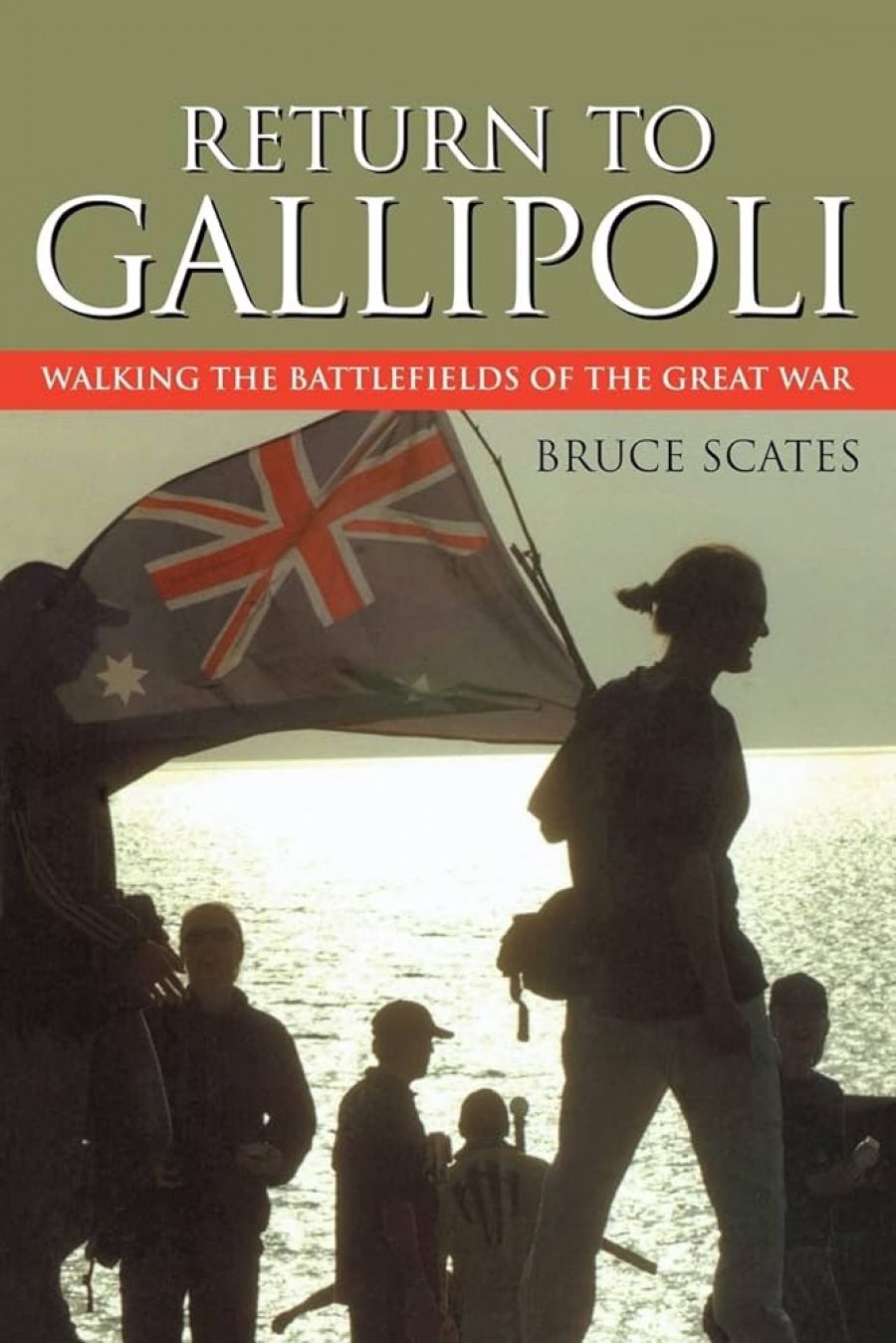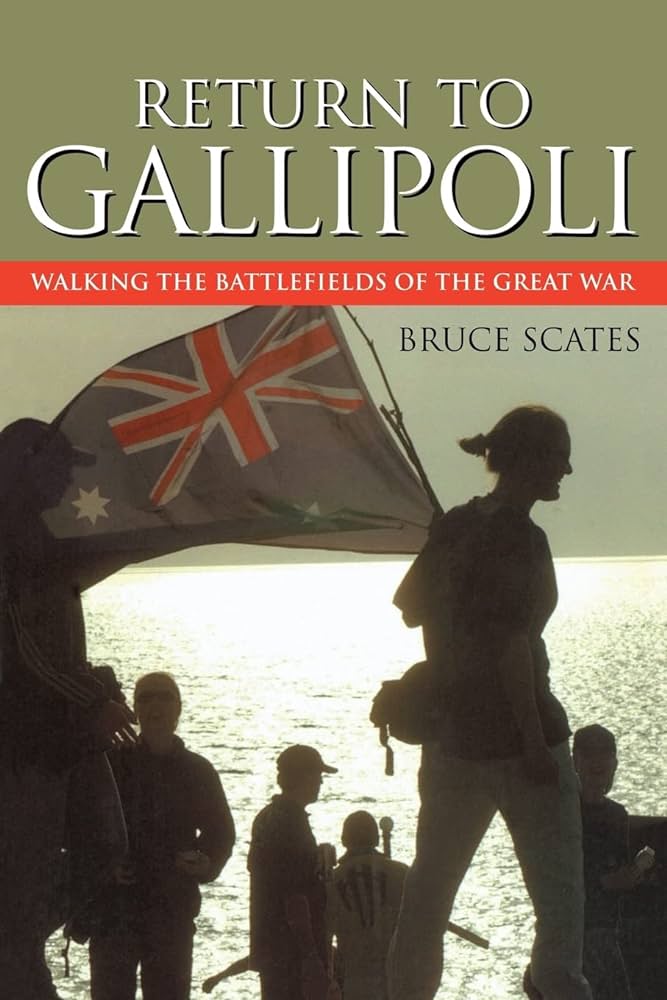
- Free Article: No
- Contents Category: Australian History
- Review Article: Yes
- Article Title: The pilgrimage market
- Online Only: No
- Custom Highlight Text:
Why does ANZAC day seem more popular now than forty years ago? Despite the thinning ranks of veterans, attendances at dawn services in most capital cities are up, crowds at the marches are large and enthusiastic, numerous historians and former members of the armed services seem to be running profitable battle-field tour businesses, and the desire of young Australian backpackers to include Gallipoli (particularly on Anzac Day) in their itineraries increases every year. This popularity is even more remarkable given that in the 1970s and early 1980s Anzac Day was a source of controversy and dissent: anti-war protestors, Vietnam veterans who felt excluded from the national ethos, indigenous Australians who felt their wars were overlooked and feminists determined to highlight the problem of women raped in war, all saw this national day of commemoration as an occasion to press their cause. The RSL did not respond well to these attempts to undermine the sanctity of the day. The re-emergence of Anzac Day as a site for unity and cohesion, particularly amongst younger Australians, is intriguing.
- Book 1 Title: Return to Gallipoli
- Book 1 Subtitle: Walking the battlefields of the great war
- Book 1 Biblio: CUP, $39.95 pb, 297 pp
- Book 1 Cover Small (400 x 600):

- Book 1 Cover (800 x 1200):

Return to Gallipoli offers important insights and answers to this question. It also places the longing to see the supposed birthplace of the nation in a larger context and a longer lineage. The Australian government, unlike the American, decided not to repatriate the bodies of the fallen after the Great War, in part to conform to the dictates of London, but also because the logistics and costs of returning them home were forbidding. While the journey of British families to the graves of the fallen was manageable and affordable, Australian families were so far removed that few could ever envisage visiting the resting place of loved ones. They had to rely on the government to manage a decent burial and suitable memorial for soldiers who would never return. Distance and inability to participate in the usual comforts of mourning rituals exacerbated the grief of families and friends devastated by the loss of so many young men.
The Imperial (now Commonwealth) War Graves Commission was established to manage the task of burying and commemorating the fallen, offering families the comfort of uniform headstones for those with known graves and impressive memorials for those whose bodies were never recovered. The Commission also afforded families the opportunity, within limits, to craft an inscription on the headstone. The history of the Commission and of the ways it met and oftentimes failed to meet the needs of families has been told a number of times; Bruce Scates covers this ground with economy and precision. Return to Gallipoli comes into its own in charting the history of the numerous efforts of Australians to return to the battlefields. Despite distance and costs, wealthier Australians sought out the graves of loved ones soon after the end of hostilities. Within a decade, there were efforts to encourage more Australians to make the pilgrimage to the battlefields. Organised tours and the paraphernalia of tourism – guidebooks, maps, package tours, transport, guides, restaurants – sprang up to meet the needs of the ‘pilgrimage market’. The market grew, fuelled by the need for relatives to visit the graves, the hopes of veterans to see the battlefields once more, the desire of later generations to establish contact with forebears whose tragic passing had shaped their experience, and the longing of Australians to establish an intensely emotional connection with the nation. The backbone of Return to Gallipoli is a detailed survey of 700 Australians who have visited the battlefields in recent years. Through these questionnaires, Scates opens out a range of motivations and responses to the process of return, exploring important issues such as the different ways younger male and female backpackers approach and negotiate a sacred site. One question left hanging is whether ethnicity will come to shape the Gallipoli experience in future years, although it is probably too early to provide an answer yet. Here, Scates explores complex issues concerning collective memory and history, demonstrating clearly that these are not static categories but dynamic and changing ones. Where once Australians went in equal numbers to France and the Dardanelles, now Gallipoli is the pre-eminent destination, while the Somme languishes as a destination, even though the majority of Australia’s fallen of the Great War lie there. We now have an understanding of why this is the case.
A major focus of Return to Gallipoli is the familial grief and anguish that has shaped the lives of generations of Australians, adding a new and significant dimension to the pioneering work of scholars such as Joy Damousi and Pat Jalland. Digging into the private realm is difficult work, full of pitfalls for the unwary. Scates undertakes this task with sensitivity and insight, although at times the relentless focus on individual pain makes one long for the virtue of understatement. Certainly, the Gothic tone of the epilogue jars, and the attempt to draw a link between grief and mental breakdown is overly simplistic. But these are slight blemishes on an otherwise illuminating account, full of fresh insights into the way the Great War continues to exert its effects on generations of Australians.
Those who have attempted to understand the way the Anzac experience has shaped Australian culture usually find that Ken Inglis has been there long before us. Scates is not alone in this respect. Inglis, in a now classic piece of journalism and history, even accompanied and reported on the famous 1965 pilgrimage of veterans back to Gallipoli. The virtue of Return to Gallipoli is that we can now see that journey in a much larger and enriched context.


Comments powered by CComment